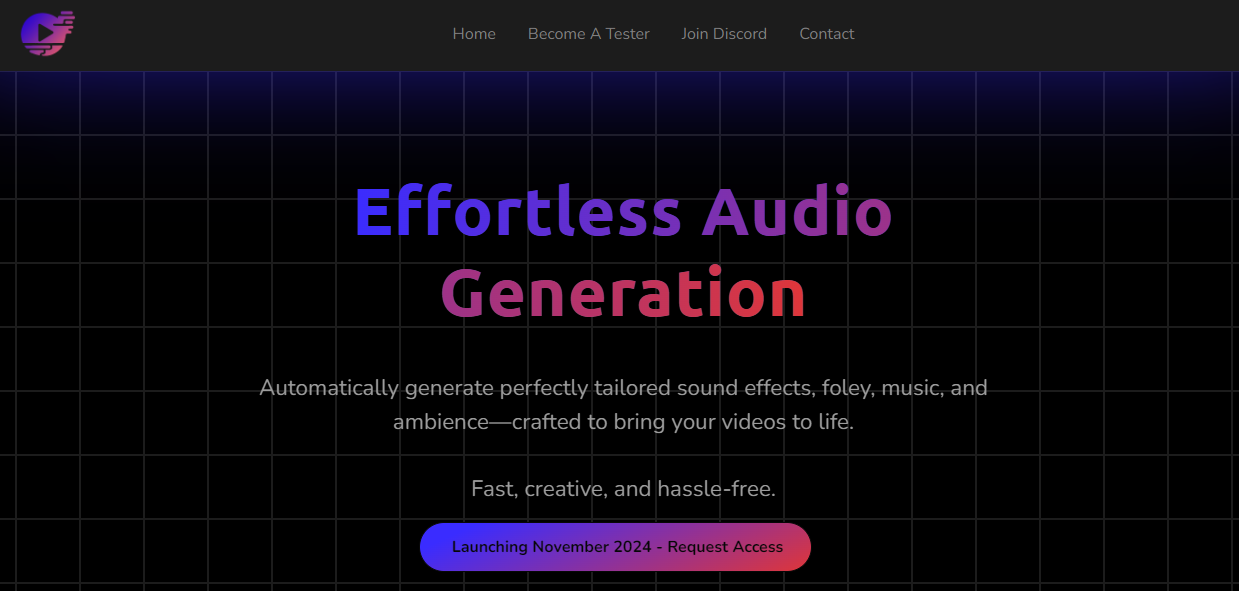The Australian Qualifications Framework (AQF) plays a pivotal role in shaping the education landscape in Australia, particularly within the vocational education and training (VET) sector. For Registered Training Organisations (RTOs), the AQF framework serves as a guide that ensures consistency, quality, and national recognition of qualifications across various education levels. By adhering to the AQF standards, RTOs can enhance the quality of their training programs, improve learner outcomes, and meet industry needs effectively.
In this article, we’ll explore how the AQF Framework transforms RTOs in Australia and why it is essential for maintaining quality and relevance in vocational education. We’ll also dive into the benefits of the framework for both RTOs and learners, drawing on insights from this blog.
What is the AQF Framework?
The Australian Qualifications Framework (AQF) is a comprehensive national system that covers qualifications in all sectors of education and training in Australia, from schools and vocational education to higher education. Established in 1995, the AQF ensures that qualifications are consistent, comparable, and nationally recognised. It sets the standard for education and training qualifications across ten levels, ranging from certificates to doctoral degrees.
The framework provides a structure for the quality assurance of qualifications, ensuring they are aligned with industry requirements, competency standards, and the needs of students and employers. For RTOs, the AQF is a crucial tool in delivering nationally accredited qualifications that meet these benchmarks.
How the AQF Framework Transforms RTOs
The AQF Framework has significantly impacted how RTOs operate, deliver training, and interact with learners and industries. Here are the key ways in which the AQF transforms RTOs in Australia:
1. Standardisation of Qualifications
One of the most significant benefits of the AQF is its ability to standardise qualifications across Australia. Whether a student completes a qualification in Sydney or Perth, the AQF ensures that the qualification has the same learning outcomes, level of competency, and value. For RTOs, this means that the courses they deliver are comparable across different providers, giving students confidence in the credibility of their qualifications.
By adhering to the AQF standards, RTOs can provide nationally recognised training, ensuring that students can use their qualifications to pursue career opportunities across the country. This level of standardisation also allows RTOs to align their training with industry needs, creating more pathways for students to transition into the workforce.
2. Improved Quality Assurance
The AQF framework serves as a benchmark for quality assurance within the VET sector. RTOs are required to meet strict AQF guidelines when developing and delivering qualifications, ensuring that their programs are of a high standard and meet the needs of both students and employers.
This commitment to quality means that RTOs must regularly review their training materials, assessment methods, and teaching practices to ensure they remain compliant with the AQF. The framework encourages continuous improvement, ensuring that RTOs are always striving to provide the best possible learning experiences for their students.
By fostering a culture of quality within RTOs, the AQF helps create trust between learners, educators, and employers, knowing that all qualifications adhere to the same high standards.
3. Clear Learning Pathways
The AQF’s structure provides learners with clear and consistent pathways between different levels of qualifications. This is particularly important in the VET sector, where students may wish to progress from a Certificate III to a Diploma, and then onto higher education.
For RTOs, the AQF makes it easier to design qualifications that allow for vertical and horizontal progression. Vertical progression refers to advancing to higher-level qualifications, while horizontal progression involves moving across qualifications at the same level. This flexibility ensures that students have multiple options when it comes to building their skills and qualifications.
RTOs can also use the AQF to develop credit transfer agreements, allowing students to receive credit for previously completed qualifications and fast-track their learning.
4. Alignment with Industry Needs
One of the core principles of the AQF is its focus on ensuring that qualifications meet the needs of industry. This alignment is crucial for RTOs, as their primary goal is to deliver training that equips learners with the skills and knowledge required for the workforce.
The AQF encourages RTOs to work closely with industry stakeholders when designing and delivering qualifications. This ensures that the training remains relevant, up-to-date, and responsive to changing industry demands. As a result, RTOs can deliver qualifications that produce graduates who are job-ready, making them more attractive to employers.
5. Enhanced Global Recognition
The AQF not only standardises qualifications across Australia but also enhances their recognition internationally. Many countries recognise and respect AQF qualifications, making it easier for students to pursue international opportunities, whether that’s further study or employment abroad.
For RTOs, delivering AQF-aligned qualifications means they can attract international students who are seeking qualifications that are globally respected. It also opens up opportunities for RTOs to partner with international education providers and expand their global reach.
6. Focus on Competency-Based Learning
The AQF emphasises competency-based learning, which is central to the VET sector. Competency-based learning focuses on equipping students with the practical skills and knowledge they need to perform specific tasks and roles in the workplace.
For RTOs, this means designing and delivering assessments that measure a learner’s ability to demonstrate the required competencies, rather than simply focusing on theoretical knowledge. This hands-on, practical approach is ideal for industries that require workers to be skilled and job-ready from day one.
By aligning their training with competency-based learning, RTOs can ensure that graduates are equipped with the skills that employers demand, making them highly employable.
The Benefits of the AQF Framework for Learners
While the AQF framework brings many benefits to RTOs, it also provides numerous advantages for learners:
- National Recognition: AQF qualifications are recognised across Australia, giving learners the flexibility to study in one region and work in another.
- Consistency: Students can trust that their qualification will have the same value, regardless of where or how they completed it.
- Clear Pathways: The AQF provides clear learning pathways, allowing students to progress seamlessly between different levels of education.
- Job Readiness: The focus on competency-based learning ensures that graduates leave with the skills they need to enter the workforce immediately.
- International Opportunities: The global recognition of AQF qualifications gives students the potential to explore job or study opportunities internationally.
Conclusion
The Australian Qualifications Framework (AQF) has played a transformative role in shaping the quality and structure of vocational education delivered by RTOs in Australia. By providing a consistent, national system for qualifications, the AQF ensures that RTOs deliver high-quality, industry-relevant training that prepares learners for the workforce.
For RTOs, adhering to the AQF not only improves the credibility and recognition of their qualifications but also allows them to better meet the needs of students and employers. The AQF creates a culture of continuous improvement and quality, ensuring that RTOs remain at the forefront of vocational education.












